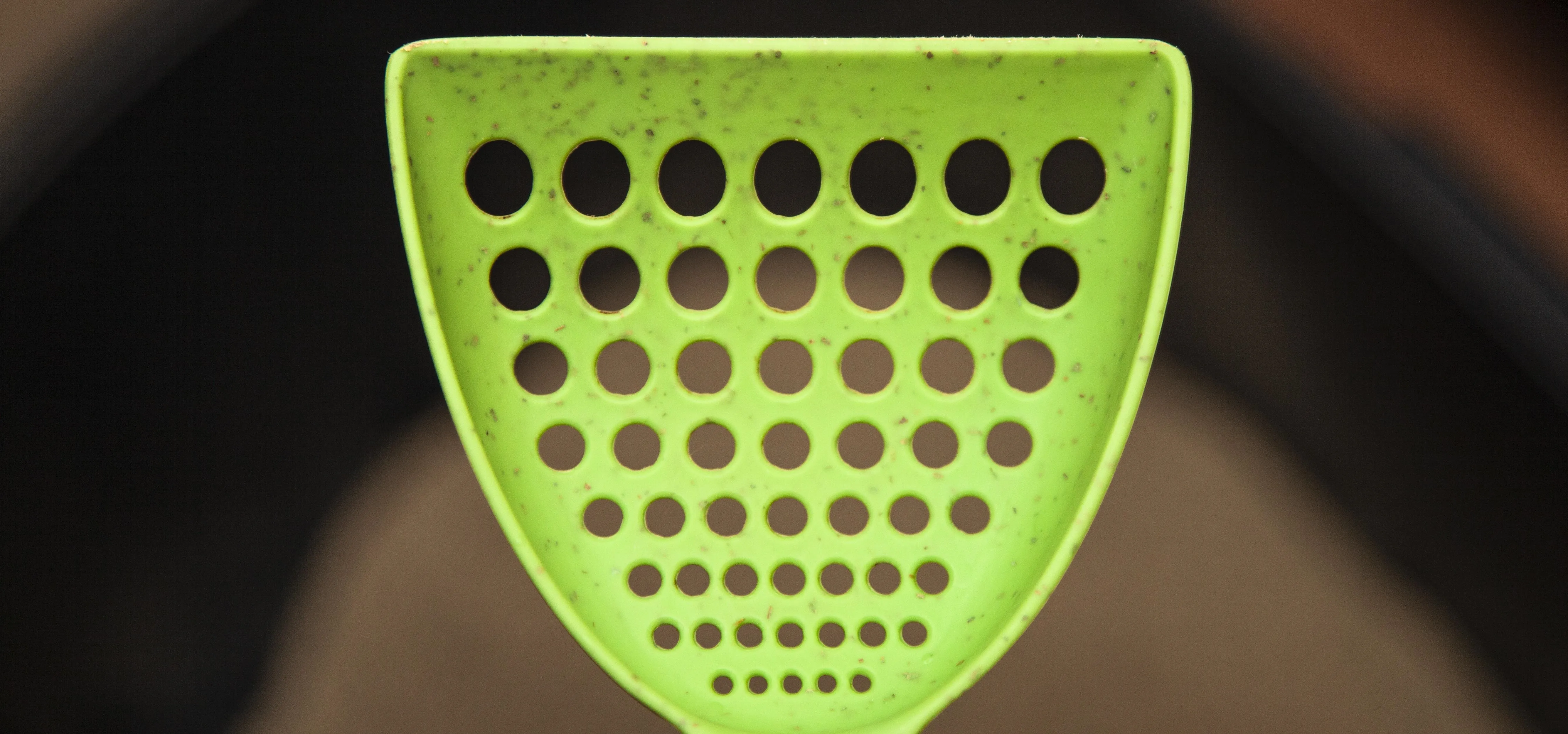The wearables space experienced its "big bang" moment back in 2015 when Apple released its first wearable device, the Apple Watch. Although the device was initially dismissed by some as an unnecessary charm bracelet packed with frivolous tech, in very short order, the public learned just how useful the Apple Watch can be.
Today, you'll see everyone from Hollywood actors, to astronauts, to professional athletes, to soccer moms wearing the mobile device. But maybe, for some reason, you're still on the sidelines, frozen by confusion as you try to figure out which wearable (Android Wear? FitBit?) is the best to spend your hard-earned cash on. Folks, the answer is simple: the best choice is still the Apple Watch.
In this case, the choice we're referring to is the Apple Watch Series 5, which is available to buy now for $399. The updated Apple Watch was just released in September and represents the best in class among the wide array of smartwatches on the market.
Before we talk about the latest version of the device, it's important to review what the device already did well before its new improvements. By far, the most powerful feature of the Apple Watch is as a fitness tracker. And unlike some other fitness trackers, the Apple Watch doesn't require you to commit yourself to a rigid program or new app learning curve immediately.
If you're not that active and need to slowly work up to real workouts, you can simply set the device to remind you to stand up from your desk and get your circulation going every so often. Similarly, there's an incredibly simple app that comes with the Apple Watch called Breathe that reminds you to do something that can immediately benefit your health, namely, take a moment to catch your breath and regulate your heart rate.
That same ability to keep tabs on your heart rate (via an optical sensor on the bottom of the watch face, pressed against your wrist, facilitating photoplethysmography) is what powers the device's use as a full-on gym rat tool.
Once you decide to get a little more serious about your workouts, you can use the Apple Watch to monitor and record workouts including cycling, running (the Nike+ Run Club app is a must-try), indoor cycling (aka spin class), indoor walking/running (aka treadmill workouts), and walking (which can be as effective a workout as any).
When you get really serious about your Apple Watch-supported fitness routines, you can check your statistics via the Health app, which not only tracks your activity but can also track your nutrition habits, and sleep patterns (we recommend using the Sleep Cycle app, which connects to the Health app data tracker).
There's even a fall detection feature that uses the Apple Watch's accelerometer and gyroscope to detect when the wearer suddenly falls, due to an accident or health ailments. When that feature is enabled, emergency services are automatically called when the wearer falls (similar to the famous "I've fallen and I can't get up" Life Alert device and service.
Amazingly, the fitness and safety benefits of the Apple Watch represent a small sliver of its value. The device can also be used to check your bank account, check your location on a map, listen to music (with tunes stored on the device even when away from your iPhone), remotely snap a photo on your iPhone, use Apple Pay at various stores, check your calendar appointments, answer a phone call (yes, really!), and even view photos.
Of course, next to fitness, the second most useful feature of the Apple Watch is its ability to give you notifications for pretty much everything, including email, text messages, and helpful alerts when you haven't reached your daily fitness goals.
With all those features, it's a wonder even more people aren't wearing Apple Watch devices. But for those of you still sporting bare wrists, the new Apple Watch Series 5 includes some tempting updates that may convince you to adopt the wearable.
Those new features include an "always-on" Retina display (previous Apple Watch screens turned off when the user's arm wasn't raised -- a point of irritation for some), a built-in compass, and international emergency calling (in over 150 countries, even without an iPhone in reach). The Apple Watch Series 5 is also water-resistant up to 50 meters (swimming in pools is ok, but not deep scuba diving).
Also, as part of watchOS 6, which was introduced in early 2019, Apple Watch users can now access Audiobooks, Calculator, and Voice Memos apps.
In addition to all the features contained in the Apple Watch, which comes in aluminum, stainless steel, ceramic, and a new titanium case, you may also want to add new watchbands to the device. Apple has a number of great options, available to buy here, starting at $45 each.
But if you're on a budget, you can also try these third-party Apple Watch band sellers who deliver reliable, well-crafted watchbands in leather that you can buy here for $12.99, and silicon watchbands that you can buy here for $5.99. Despite the lower prices, the watchbands all look just as stylish as Apple's own watchbands but come at a fraction of the cost of Apple's.
The Apple Watch Series 5 is available to buy now with just GPS starting at $399, or you can opt to buy the Apple Watch Series 5 including GPS 'and' a wireless cellular connection starting at $499. (Note: Prices vary according to the material of the case, internal components, and watchband.)
Cover image via Apple






























Comments
Be the first, drop a comment!